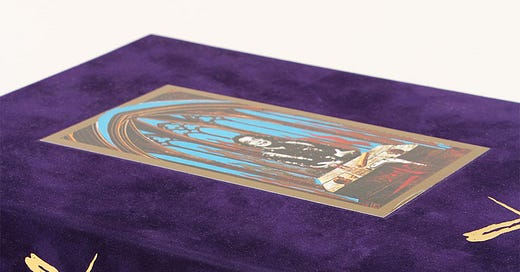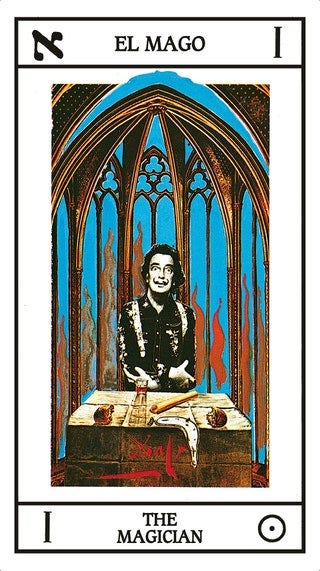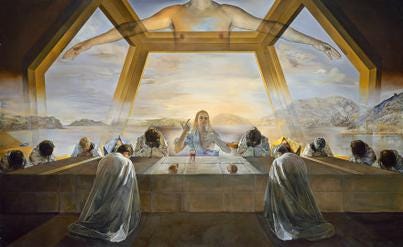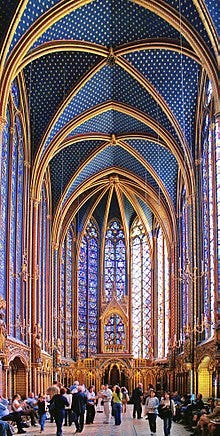The Dali Tarot
A purple velvet oversized box, containing a shiny gold box of cards and a book describing them, The Dali Tarot, like Dali himself, is over the top. I love it. One of the beautiful aspects of owning a used book store is that you never know what will come across the buying table on a given day. As a person with a belief in synchronicities, when a deck like this comes to me, I take some time to get to know it and possibly get some good messages from the cards.
I’m also working through the deck again, as I explained last week, so today let’s focus on The Magician, with a special focus on Dali’s interpretation of The Magician, El Mago, The Magus (also the name of my bookstores).
The Magician Archetype
In The Red Book, Jung explains The Magician as follows:
“The magical is both good and evil and neither good nor evil. Magic is dangerous since what accords with reason confuses, allures and provokes; and I am always its first victim.”
For Jung, the Magician is the most powerful archetype, but can also be dangerous in its power. The Magician is wise and knowledgeable, with the ability to manipulate the four elements. The word we most associate with the Magician is transformative, because that is his purpose. Using his practical knowledge and intuition The Magician can bridge the gap between the conscious and collective unconscious.
Dali’s Magician
As is true of all the cards in this deck, they can be parsed apart into elements and then reintegrated into the whole. Above is Dali’s rendering of The Last Supper, ethereal and weird, and he takes the elements of science and religion and sets them against each other. The geometry of the triangular elements throughout represents the trinity of the Father, the Son, and the Holy Ghost at the same time as relying heavily on mathematics.
The top of the card is pulled directly from the architecture of Sainte-Chapelle in Paris, a symbol of religious structure, but also the science of engineering. Again the message of The Magician card is that religion and science live together, the earth and the sky, the conscious and the unconscious. The objects on Dali’s table are reminiscent of the four elements of the Raider Waite Smith deck, but are different. The bread and wine come from The Last Supper, the transformative power of Jesus, representing his body and blood. The rod is the most like the wand of the traditional tarot and the melting clock seems to remind us of our confusion between time and memory, the dichotomy of soft and hard, dreams and reality. We can’t ignore the fact that Dali puts himself in the middle of it all, right on the card. Is he the Magician? Or is this an ironic take on narcissism? I’m not sure there.
Putting It All Together
With so many different components, Dali’s cards can be overwhelming and confusing, but his Magician reminds us of all the dichotomies necessary for transformation, as well as recognizing our power and not overexerting it. The Magician is card #1 which is commonly believed to represent new beginnings, intuition and power. The Magician has all the tools available to him and can use them if he does so wisely.
Offerings
Respond to this post if you would like to join other subscribers and me for a tarot circle at 9am PST on October 22nd, 2023. We’ll do a spread together and discuss so bring along a tarot deck.
I have a few openings available for readings over the coming weeks. Sign up on my web site or message me to coordinate.
As we head into the fourth quarter I am already thinking about what my card for 2024 is going to be. Do you have ideas for your card of the year to anchor your year ahead spread for 2024? I’d love to know your thoughts.
As always, I appreciate your reading this post and if you are inclined to share please do.
Lots of love,
xo Hanna








Dali! What a delightful deck that must be. I enjoyed your Red Book references too.